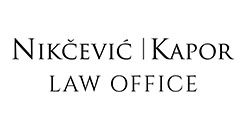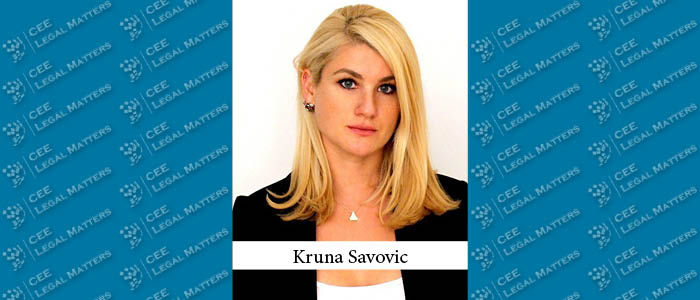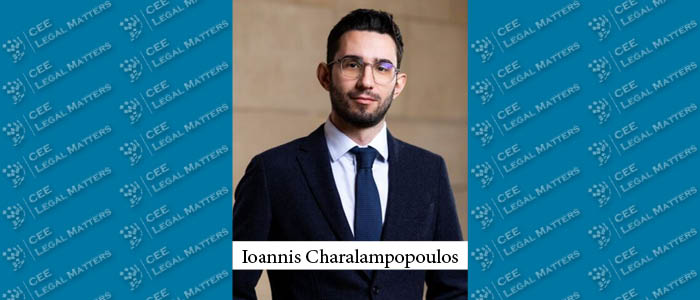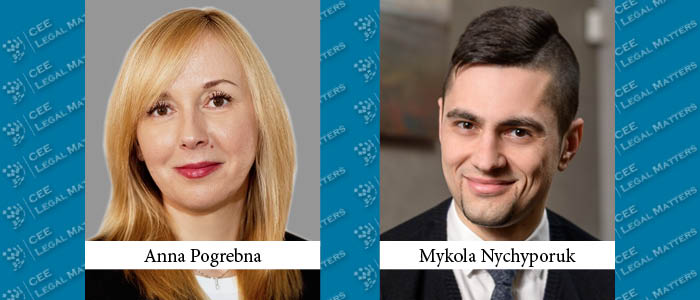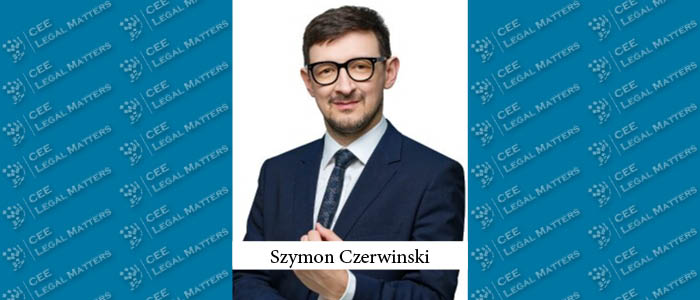In recent years, making payments via an escrow account in Serbia has become a much more widely used method of payment in M&A transactions, joint ventures and similar, especially cross-border transactions.
Investor want to make payments knowing that their money is secure, without the hassle of dealing with establishment of more complicated and time-consuming forms of securities, such as pledges and similar collaterals. Instead, an escrow account offers security of one’s money and fulfillment of the planned business transaction – if the receiving party fails to meet the payment ‘triggers’ stipulated in the escrow agreement, they will not be paid.
Opening of an escrow account in Serbia usually entails concluding a three-party escrow agreement – one party being the bank, and the other two being the transaction participants. However, this will not be always the case, given that escrow agreements may feature a much more complicated structure. The exact wording of an escrow agreement will depend on the transaction itself and on the exact terms thereof. Therefore, an escrow agreement usually contains precisely defined payment triggers, i.e. conditions under which the bank is to make the payment to the receiving party. An escrow agreement may remain active for a short, or for a significant period of time (again, depending on the transaction timeline). The payment from the escrow account can be made at once, or in tranches, which entails defining multiple payment triggers, usually one trigger per tranche.
Basically, the subject matter of an escrow agreement is depositing a specific amount of money on the escrow account, which the bank is authorized to keep up until the previously defined payment trigger is fulfilled, upon which the bank will remit the money on the escrow account to the receiving party’s account. This way, the bank monitors the fulfillment of triggers, and consequently, the fulfillment of the transaction itself. If the triggers are not fulfilled within a predefined term or not fulfilled at all, the investor can rest assured that they can get their deposited money back.
Regarding the very process of drafting an escrow agreement, Serbian legislation does not stipulate the exact elements thereof. Instead, the bank’s legal department will either offer their own escrow agreement template, or expect a client to provide them with their own. Either way, the exact wording of the agreement is up to negotiation, because the bank’s legal department will be the one who has to approve the final draft.
Therefore, there is no one single manner how to draft an escrow agreement – it depends on the structure of the specific transaction and on conditions which need to be fulfilled in order for the money to be paid from the escrow account.
Given the strict foreign exchange laws in Serbia, the banks aren’t jumping with joy when it comes to opening of an escrow account, especially when the structure of a transaction is a bit complicated. If a non-resident investor wishes to open an escrow account in Serbia, they need to open a non-resident transaction account first, often with the same bank, which means that they would need to pass through all bank’s KYC procedures first. Depending on the client’s corporate structure, this may take a while. The parties also need to keep in mind that the bank will usually request another legal document as the legal basis of the planned transaction for which the opening of an escrow account is being negotiated.
Even though negotiation of the escrow agreement may take some time and it is not a cheap service (some banks usually charge several thousand euros as a capped fee, and others take a percentage of the transaction’s value), opening of an escrow agreement is still one of the most efficient and least complicated ways for securing the payment and the fulfilment of a specific business transaction.
By Milan Samardzic, Partner, and Dunja Tasic, Senior Associate, Samardzic, Oreski & Grbovic




